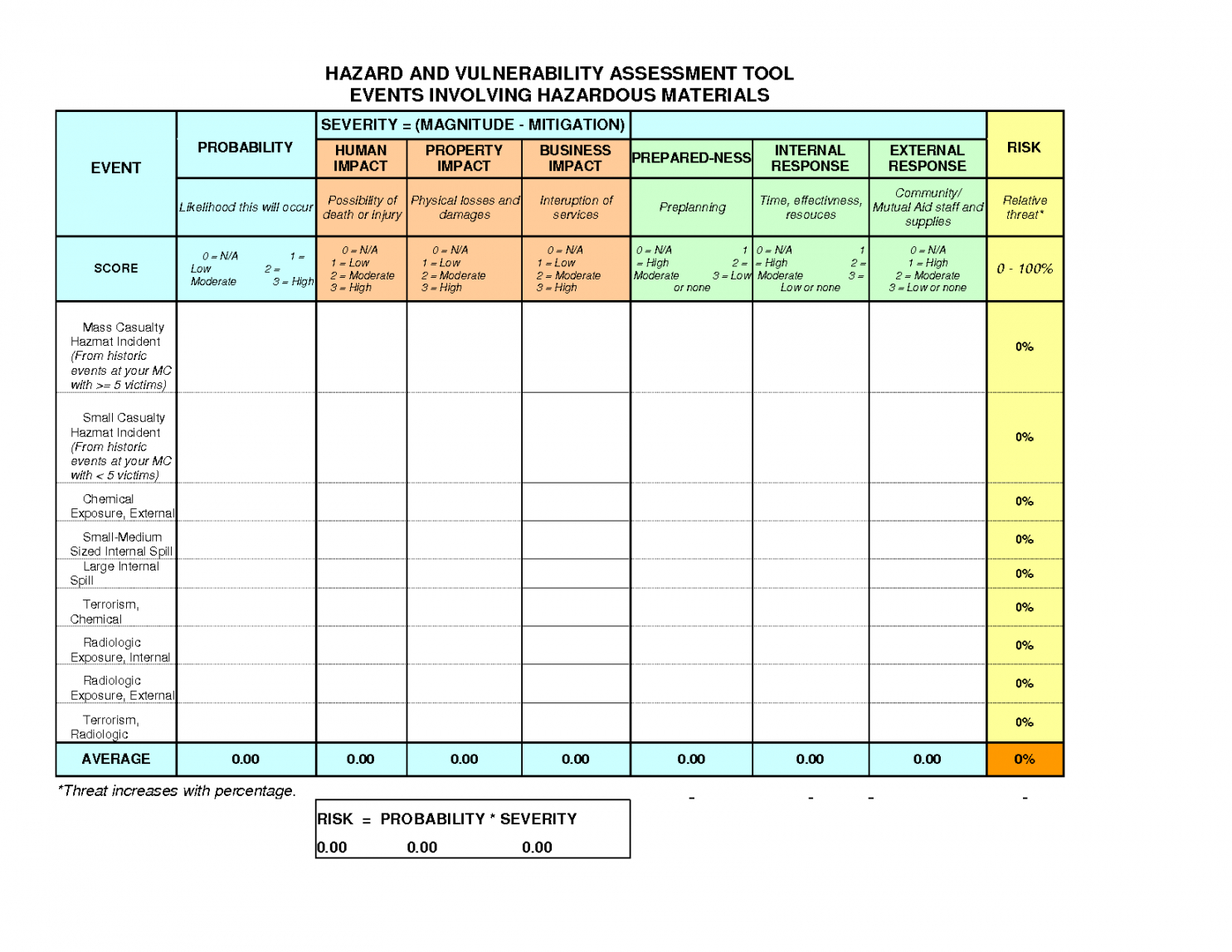Understanding the Importance of Energy System Resilience
The reliability and resilience of energy systems are critical to the well-being of modern societies, as they provide the power necessary to fuel economic growth, sustain daily life, and maintain national security. Energy system vulnerabilities can have far-reaching consequences, including economic losses, environmental damage, and compromised national security. In the event of a disruption, the impacts can be devastating, with potential losses running into billions of dollars and widespread social and economic disruption. Moreover, energy system vulnerabilities can also have significant environmental implications, such as oil spills, gas leaks, or nuclear accidents, which can have long-lasting and devastating effects on ecosystems and human health. Therefore, ensuring the resilience of energy systems is essential to preventing these consequences and maintaining a stable and secure energy supply.
Conducting regular energy system vulnerability assessments is crucial to identifying potential weaknesses and implementing effective mitigation strategies. By doing so, energy system operators can proactively address vulnerabilities, reduce the risk of disruptions, and ensure a reliable and efficient energy supply. The importance of energy system resilience cannot be overstated, and it is essential that energy system operators, policymakers, and other stakeholders prioritize energy system vulnerability assessment and mitigation to ensure a secure and sustainable energy future.
How to Conduct a Comprehensive Energy System Vulnerability Assessment
Conducting a thorough energy system vulnerability assessment is a critical step in identifying and mitigating potential weaknesses in energy systems. This process involves a series of steps that help energy system operators and stakeholders understand the risks and vulnerabilities associated with their systems. Here are the key steps involved in conducting a comprehensive energy system vulnerability assessment:
Step 1: Identify Critical Infrastructure. The first step is to identify critical infrastructure components, such as power plants, transmission lines, and distribution systems. This involves creating an inventory of all critical assets and assessing their importance to the overall energy system.
Step 2: Assess Potential Threats. The next step is to assess potential threats to the energy system, including physical, cyber, and operational threats. This involves analyzing historical data, industry trends, and threat intelligence to identify potential vulnerabilities.
Step 3: Evaluate System Resilience. The third step is to evaluate the resilience of the energy system, including its ability to withstand and respond to disruptions. This involves assessing the system’s ability to absorb and recover from potential threats.
Step 4: Conduct a Risk Assessment. The fourth step is to conduct a risk assessment, which involves evaluating the likelihood and impact of potential threats. This helps energy system operators prioritize vulnerabilities and develop mitigation strategies.
Step 5: Develop Mitigation Strategies. The final step is to develop mitigation strategies to address identified vulnerabilities. This involves creating a comprehensive plan to mitigate risks, including implementing security measures, conducting regular system assessments, and developing incident response plans.
By following these steps, energy system operators can conduct a comprehensive energy system vulnerability assessment that identifies potential weaknesses and develops strategies to mitigate them. This is essential for ensuring the resilience and reliability of energy systems, which are critical to economic growth, national security, and environmental sustainability.
Types of Energy System Vulnerabilities: A Closer Look
Energy system vulnerability assessment involves identifying and mitigating various types of vulnerabilities that can compromise the reliability and security of energy systems. These vulnerabilities can be broadly categorized into physical, cyber, and operational vulnerabilities, each posing unique challenges and risks to energy system resilience. Physical vulnerabilities refer to the susceptibility of energy infrastructure to damage or destruction from natural disasters, terrorist attacks, or other physical threats. For example, a hurricane can damage power transmission lines and disrupt electricity supply, while a physical attack on a power plant can compromise energy generation capabilities.
Cyber vulnerabilities, on the other hand, refer to the susceptibility of energy systems to cyber-attacks, data breaches, and other types of cyber threats. As energy systems become increasingly reliant on digital technologies, the risk of cyber-attacks also increases. For instance, a cyber-attack on a power grid can compromise the control systems and disrupt electricity supply. Operational vulnerabilities refer to the susceptibility of energy systems to disruptions caused by human error, equipment failure, or other operational factors. For example, a human error can cause an oil pipeline leak, leading to environmental damage and disruptions to energy supply.
Energy system vulnerability assessment should consider these different types of vulnerabilities and evaluate the likelihood and potential impact of each. By identifying and mitigating these vulnerabilities, energy system operators and regulators can improve the resilience and security of energy systems, reducing the risk of disruptions and ensuring a reliable and efficient supply of energy. Energy system vulnerability assessment should be an ongoing process, with regular assessments and updates to ensure that energy systems remain resilient and adaptable to emerging threats and risks. Effective energy system vulnerability assessment requires a comprehensive understanding of these different types of vulnerabilities and a proactive approach to mitigating them. By prioritizing energy system vulnerability assessment, energy system operators and regulators can ensure a secure and reliable energy supply for the future.
In addition to these types of vulnerabilities, energy system vulnerability assessment should also consider the interdependencies between energy systems and other critical infrastructure, such as transportation and communication systems. Disruptions to these systems can have cascading effects on energy systems, highlighting the importance of a comprehensive and integrated approach to energy system vulnerability assessment. By considering these interdependencies and potential cascading effects, energy system operators and regulators can develop more effective mitigation strategies and improve the resilience of energy systems.
The Role of Risk Management in Energy System Vulnerability Assessment
Risk management plays a pivotal role in energy system vulnerability assessment, as it enables organizations to identify, assess, and mitigate potential threats that could compromise the reliability and resilience of their systems. By integrating risk management into their energy system vulnerability assessment, organizations can reduce the likelihood and impact of adverse events, such as equipment failures, cyber attacks, and natural disasters. Effective risk management involves identifying potential risks, assessing their likelihood and potential impact, and developing strategies to mitigate or manage them.
A comprehensive risk management framework for energy system vulnerability assessment should include several key components. First, it should involve identifying and prioritizing potential risks, based on their likelihood and potential impact. This can be achieved through a combination of qualitative and quantitative risk assessment techniques, such as probability-impact matrices and sensitivity analysis. Next, it should involve assessing the vulnerability of critical infrastructure and assets, including power plants, transmission lines, and substations.
Once potential risks have been identified and assessed, organizations should develop strategies to mitigate or manage them. This can include implementing redundancy and backup systems, conducting regular maintenance and inspections, and providing employee training and awareness programs. Additionally, it should involve developing incident response plans, which outline procedures for responding to and managing adverse events.
Effective risk management in energy system vulnerability assessment can have numerous benefits, including improved system reliability and resilience, reduced downtime and losses, and enhanced compliance with regulatory requirements. It can also help organizations to identify opportunities for cost savings and efficiency improvements, such as through the implementation of advanced technologies and processes.
In the context of energy system vulnerability assessment, risk management is an ongoing process that requires continuous monitoring and evaluation. This involves staying up-to-date with emerging threats and trends, such as advances in cyber attacks and the impacts of climate change. It also involves regularly reviewing and updating risk management plans and procedures, to ensure that they remain effective and relevant in a rapidly changing environment.
By integrating risk management into their energy system vulnerability assessment, organizations can enhance the resilience and reliability of their systems, while also reducing the likelihood and impact of adverse events. This can help to protect critical infrastructure, ensure public safety, and support economic growth and development.
Best Practices for Energy System Vulnerability Assessment and Mitigation
Conducting a thorough energy system vulnerability assessment is crucial to identify potential weaknesses and take proactive steps to mitigate them. To ensure the effectiveness of these efforts, several best practices can be employed. Regular system assessments are essential to stay on top of evolving threats and vulnerabilities. This involves continuously monitoring the energy system’s infrastructure, operations, and personnel to identify areas of concern and implement corrective actions. Employee training is also critical, as a well-informed workforce can detect and respond to potential vulnerabilities more effectively. Employees should be trained to recognize and report suspicious activity, as well as understand the importance of maintaining confidentiality and integrity of sensitive information.
Incident response planning is another vital aspect of energy system vulnerability assessment and mitigation. This involves developing and regularly testing response plans to ensure that the energy system can quickly recover from a security breach or other disruption. Effective incident response planning requires clear communication, defined roles and responsibilities, and regular training exercises. Additionally, implementing a culture of continuous improvement can help to identify and address vulnerabilities before they become major issues. This involves encouraging employees to report potential weaknesses and near-miss incidents, as well as recognizing and rewarding employees who contribute to the energy system’s resilience.
Energy system vulnerability assessment and mitigation can also benefit from the use of advanced technologies, such as threat intelligence platforms and risk management software. These tools can help to identify potential vulnerabilities, assess the likelihood and impact of threats, and develop effective mitigation strategies. Furthermore, integrating energy system vulnerability assessment into overall energy management can help to ensure that the energy system is operating in a way that minimizes the risk of vulnerabilities. This involves considering the energy system’s design, operations, and maintenance in the context of potential vulnerabilities and taking steps to address them.
Finally, collaborating with external partners, such as regulatory bodies, industry associations, and other energy system operators, can help to share knowledge and best practices in energy system vulnerability assessment and mitigation. This collaboration can also facilitate the development of standards and guidelines for energy system resilience, which can help to ensure that the energy system is operating in a secure and reliable manner. By following these best practices, energy system operators can effectively assess and mitigate vulnerabilities, reducing the risk of disruptions and ensuring the reliable operation of the energy system.
Case Studies: Real-World Examples of Energy System Vulnerabilities
The energy sector has witnessed various instances of vulnerabilities, highlighting the need for a comprehensive energy system vulnerability assessment. One notable example is the 2019 cyberattack on the Ukrainian power grid, which resulted in a significant power outage affecting approximately 230,000 people. The incident demonstrated the potential of cyber threats to compromise energy system resilience and, subsequently, electricity supply. In response, the Ukrainian government enhanced its cybersecurity measures and implemented incident response protocols to mitigate the risks of future cyberattacks.
Another example is the 2018 storm that damaged the Hawaiian Electric’s grid on the Big Island, causing widespread power outages. The incident underscored the importance of physical vulnerabilities in energy systems and the need for robust grid resilience. In response, Hawaiian Electric invested in infrastructure upgrades and conducted a comprehensive energy system vulnerability assessment to identify and mitigate potential vulnerabilities.
A more recent example is the 2021 Texas power-grid crisis, which resulted in rotating blackouts and left millions without electricity during a severe cold snap. The incident highlighted the vulnerability of energy systems to extreme weather events and the need for effective risk management. In response, the Texas government launched an investigation into the crisis and implemented measures to enhance grid resilience, including investments in weatherization and energy storage.
These case studies demonstrate the real-world implications of energy system vulnerabilities and the importance of conducting a comprehensive energy system vulnerability assessment. By analyzing these incidents, energy stakeholders can gain valuable insights into the types of vulnerabilities that can affect energy systems and the measures needed to mitigate these risks. By integrating these lessons into energy policy and planning, governments and utilities can develop more resilient energy systems that can withstand various types of disruptions.
The examples above underscore the importance of energy system vulnerability assessment in identifying potential weaknesses and developing effective mitigation strategies. By conducting regular assessments and implementing robust risk management measures, energy stakeholders can reduce the likelihood and impact of energy system disruptions, ensuring a more reliable and resilient energy supply for the future.
Through these case studies, it becomes apparent that energy system vulnerability assessment is an essential practice for energy stakeholders seeking to enhance the resilience of their energy systems. By learning from real-world examples and integrating these lessons into energy policy and planning, governments and utilities can create more robust and resilient energy systems that can better withstand various types of disruptions.
The Future of Energy System Vulnerability Assessment: Emerging Trends and Technologies
The energy sector is undergoing a significant transformation driven by technological advancements, changing consumer behaviors, and evolving regulatory landscapes. As a result, energy system vulnerability assessment must adapt to tackle emerging threats and leverage innovative solutions. One of the key trends shaping the future of energy system vulnerability assessment is the integration of artificial intelligence (AI) and machine learning (ML) algorithms. These technologies can analyze vast amounts of data from various sources, identify patterns, and detect anomalies, enabling more effective threat detection and incident response. For instance, AI-powered systems can predict potential vulnerabilities in energy infrastructure, allowing operators to proactively address these weaknesses before they are exploited.
Another critical development in energy system vulnerability assessment is the growing use of Internet of Things (IoT) devices. IoT devices can provide real-time data on energy system performance, enabling more accurate and timely vulnerability assessments. However, the increased connectivity of energy systems also introduces new vulnerabilities, making it essential to prioritize the security of IoT devices. The use of blockchain technology is also being explored in energy system vulnerability assessment, particularly in the context of securing data exchanges and transactions between different energy stakeholders.
Cloud computing is another emerging trend that is transforming energy system vulnerability assessment. Cloud-based solutions offer scalable, on-demand access to advanced analytics and threat detection capabilities, enabling energy operators to more effectively identify and mitigate potential vulnerabilities. Furthermore, the use of advanced data analytics and visualization tools is becoming increasingly important in energy system vulnerability assessment, as these tools can help energy operators better understand complex data sets and make more informed decisions about risk management and mitigation strategies.
As the energy sector continues to evolve, energy system vulnerability assessment will need to keep pace with emerging threats and technologies. By prioritizing innovation and leveraging cutting-edge solutions, energy operators can enhance the resilience of their systems, reduce the risk of vulnerabilities, and ensure a more sustainable energy future. Effective energy system vulnerability assessment is critical to ensuring the reliability and security of energy systems, and emerging trends and technologies will play a vital role in shaping the future of this critical field.
Integrating Energy System Vulnerability Assessment into Energy Policy and Planning
Energy system vulnerability assessment is an essential component of energy policy and planning, as it enables policymakers to identify potential weaknesses in the energy system and develop strategies to mitigate them. Integrating energy system vulnerability assessment into energy policy and planning can help ensure the resilience and reliability of the energy system, which is critical for economic growth, environmental sustainability, and national security. One way to integrate energy system vulnerability assessment into energy policy and planning is to develop resilience standards and regulations that require energy companies to conduct regular vulnerability assessments and implement mitigation measures. This can include establishing minimum security standards for critical energy infrastructure, such as power plants and transmission lines, and requiring energy companies to develop and implement incident response plans. Additionally, policymakers can provide incentives for energy companies to invest in energy system vulnerability assessment and mitigation measures, such as offering tax credits or grants for companies that implement advanced security technologies. Energy system vulnerability assessment can also inform energy policy and planning by providing insights into the potential consequences of different policy scenarios. For example, policymakers can use energy system vulnerability assessment to evaluate the potential impact of different energy sources, such as renewable energy or fossil fuels, on the resilience and reliability of the energy system. This can help policymakers develop energy policies that balance competing priorities, such as economic growth, environmental sustainability, and energy security. Overall, integrating energy system vulnerability assessment into energy policy and planning is critical for ensuring the resilience and reliability of the energy system, and for promoting economic growth, environmental sustainability, and national security.



